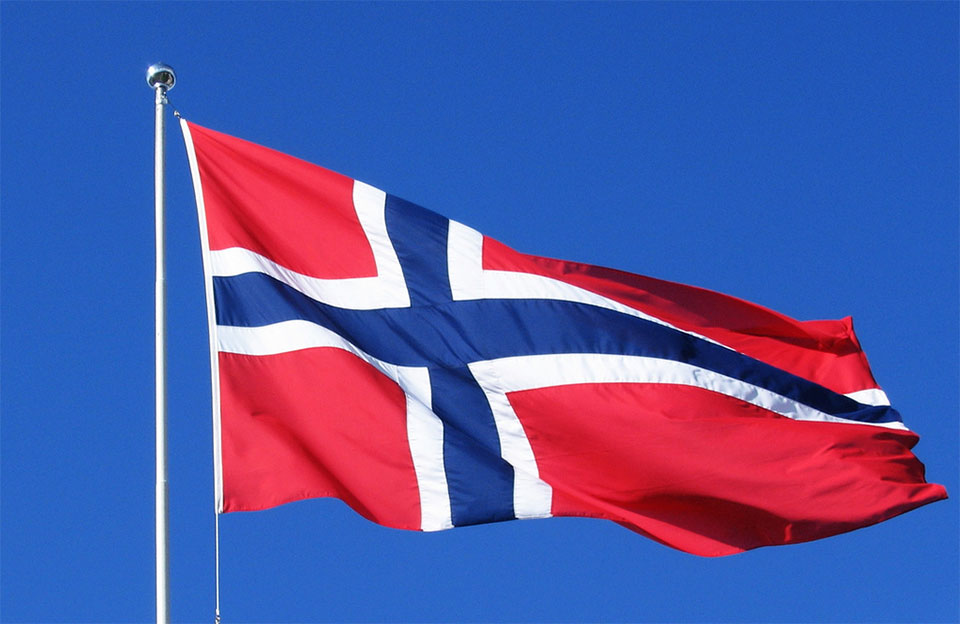Norway Backs EU Crypto Regulations While Exploring Potential CBDC
10.11.2024 13:00 1 min. read Alexander Stefanov
Norway’s central bank, Norges Bank, has backed the EU’s Markets in Crypto-Assets Regulation (MiCA) as it considers a central bank digital currency (CBDC).
Project Director Kjetil Watne noted that while MiCA provides a helpful regulatory base for Norway as an EEA member, further regulations may still be required for financial stability.
Although a final decision on a CBDC hasn’t been made, Norges Bank is assessing how it could coexist with cash and digital assets while addressing gaps in decentralized finance oversight. Norway’s recent involvement in “Project Icebreaker” examined cross-border CBDC use, though details remain to be worked out.
On privacy, Norges Bank reassured that it wouldn’t monitor individual transactions, and any CBDC would comply with anti-money laundering rules.
Meanwhile, some concerns surround MiCA’s mandate for stablecoin issuers to hold substantial reserves in European banks, potentially exposing these reserves to vulnerabilities due to banks’ lending practices, as noted by Tether CEO Paolo Ardoino. MiCA is set to take effect on December 30.
-
1
Elon Musk’s X Prepares to Enter the Fintech Arena
20.06.2025 13:00 1 min. read -
2
China Pushes Digital Yuan Expansion as Global Currency Power Shifts
19.06.2025 17:00 1 min. read -
3
Fiserv to Launch FIUSD Stablecoin Across Its Massive Banking Network
23.06.2025 21:00 1 min. read -
4
Mastercard Integrates Chainlink to Power Direct Crypto Access for Cardholders
25.06.2025 18:00 1 min. read -
5
BIS Slams Stablecoins, Calls Them Ill-Suited for Modern Monetary Systems
26.06.2025 9:00 1 min. read
Kazakhstan to Establish State Crypto-Reserve Under Central Bank Oversight
Kazakhstan is taking a major step toward integrating digital assets into its national financial strategy, with plans to establish a state-managed crypto-reserve.
Europe’s Largest Euro-Denominated Spot Crypto Exchange Secures License Under MiCA
Bitvavo, Europe’s largest euro-denominated spot crypto exchange, has officially received a MiCA license from the Dutch Authority for the Financial Markets (AFM), allowing the firm to operate across all 27 European Union member states.
U.S. Crypto Investors Hit by IRS Letter Surge as Tax Crackdown Looms
In just two months, crypto tax platform CoinLedger observed a staggering 700% surge in the number of U.S. users receiving IRS warning letters, signaling a sharp escalation in federal tax enforcement targeting digital asset holders.
Coinbase to Launch U.S. Perpetual-Style Futures on July 21
Leading crypto exchange Coinbase (COIN) is set to launch perpetual-style futures contracts in the United States starting July 21, becoming one of the first regulated entities to offer a product that closely mirrors globally popular offshore perpetuals.
-
1
Elon Musk’s X Prepares to Enter the Fintech Arena
20.06.2025 13:00 1 min. read -
2
China Pushes Digital Yuan Expansion as Global Currency Power Shifts
19.06.2025 17:00 1 min. read -
3
Fiserv to Launch FIUSD Stablecoin Across Its Massive Banking Network
23.06.2025 21:00 1 min. read -
4
Mastercard Integrates Chainlink to Power Direct Crypto Access for Cardholders
25.06.2025 18:00 1 min. read -
5
BIS Slams Stablecoins, Calls Them Ill-Suited for Modern Monetary Systems
26.06.2025 9:00 1 min. read


